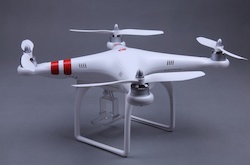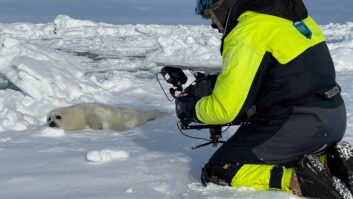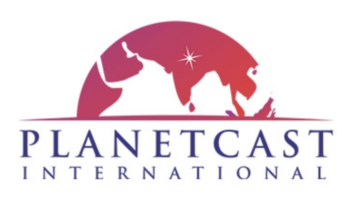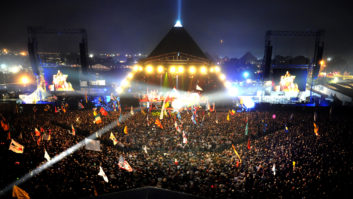
A cross between a boy’s toy and a serious piece of filming kit, drone camera rigs were more prominent than usual at NAB as prices tumble and new stabilisation technologies iron out the shaky footage that has traditionally plagued aerial photography.
DJI Innovations £500 Phantom is a case in point. It’s a quadcopter (four rotors) machine which has a flight time of 15 minutes and can carry small cameras like GoPros.
DJI’s larger hexacopter (six rotors), the Spreading Wings S800, can handle a camera weighing up to 2.3kg or, when fitted with a rig by 360 Heroes can mount six GoPros to create a 360º panoramic video.
Fitted with DJI’s new Zenmuse Z15 camera gimbal the S800 is claimed to achieve sub-pixel stabilisation. Since the Zen-muse costs around £2.6k and most full-scale helicopter gimbals cost north of £200k aerial photography should become a less expensive option.
Belgium’s Flying-Cam markets the Sarah 3.0, which can lift a camera of up to 7.7kg. Resembling a mini-helicopter, this system was used on Skyfall to track Bond in the opening sequence as he jumped from rooftop to rooftop on a dirt bike.
The Cinestar 8 HL is one of Freefly Systems’ range. With a payload of 5.5kg this can carry the larger cinema cameras like Red Epic and Canon C500 with longer flight times over the original CineStar 8 due to a new motor, speed control and propeller combinations.
Adrian Pennington
www.dji-innovations.com
www.flying-cam.com
www.freeflysystems.com







